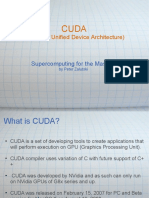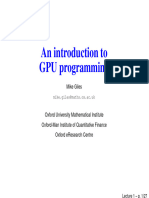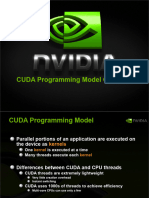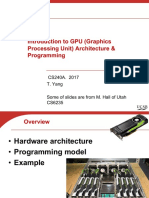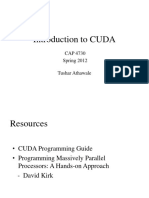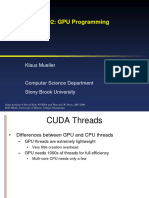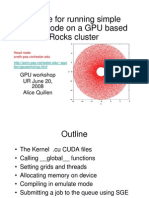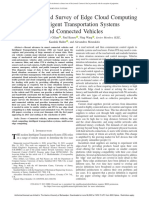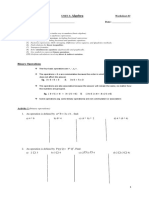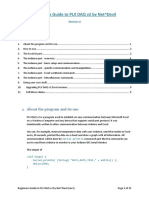0% found this document useful (0 votes)
29 views50 pagesCUDA Introduction Mod
The document provides an introduction to CUDA, a parallel computing platform and API by Nvidia designed for general-purpose computing on GPUs. It explains the differences between CPUs and GPUs, outlines the hardware and software requirements for CUDA programming, and details the process of memory allocation and execution of kernel functions on the GPU. Additionally, it includes examples of CUDA code and performance tips for optimizing block and grid sizes.
Uploaded by
siranjivCopyright
© © All Rights Reserved
We take content rights seriously. If you suspect this is your content, claim it here.
Available Formats
Download as PDF, TXT or read online on Scribd
0% found this document useful (0 votes)
29 views50 pagesCUDA Introduction Mod
The document provides an introduction to CUDA, a parallel computing platform and API by Nvidia designed for general-purpose computing on GPUs. It explains the differences between CPUs and GPUs, outlines the hardware and software requirements for CUDA programming, and details the process of memory allocation and execution of kernel functions on the GPU. Additionally, it includes examples of CUDA code and performance tips for optimizing block and grid sizes.
Uploaded by
siranjivCopyright
© © All Rights Reserved
We take content rights seriously. If you suspect this is your content, claim it here.
Available Formats
Download as PDF, TXT or read online on Scribd
/ 50

